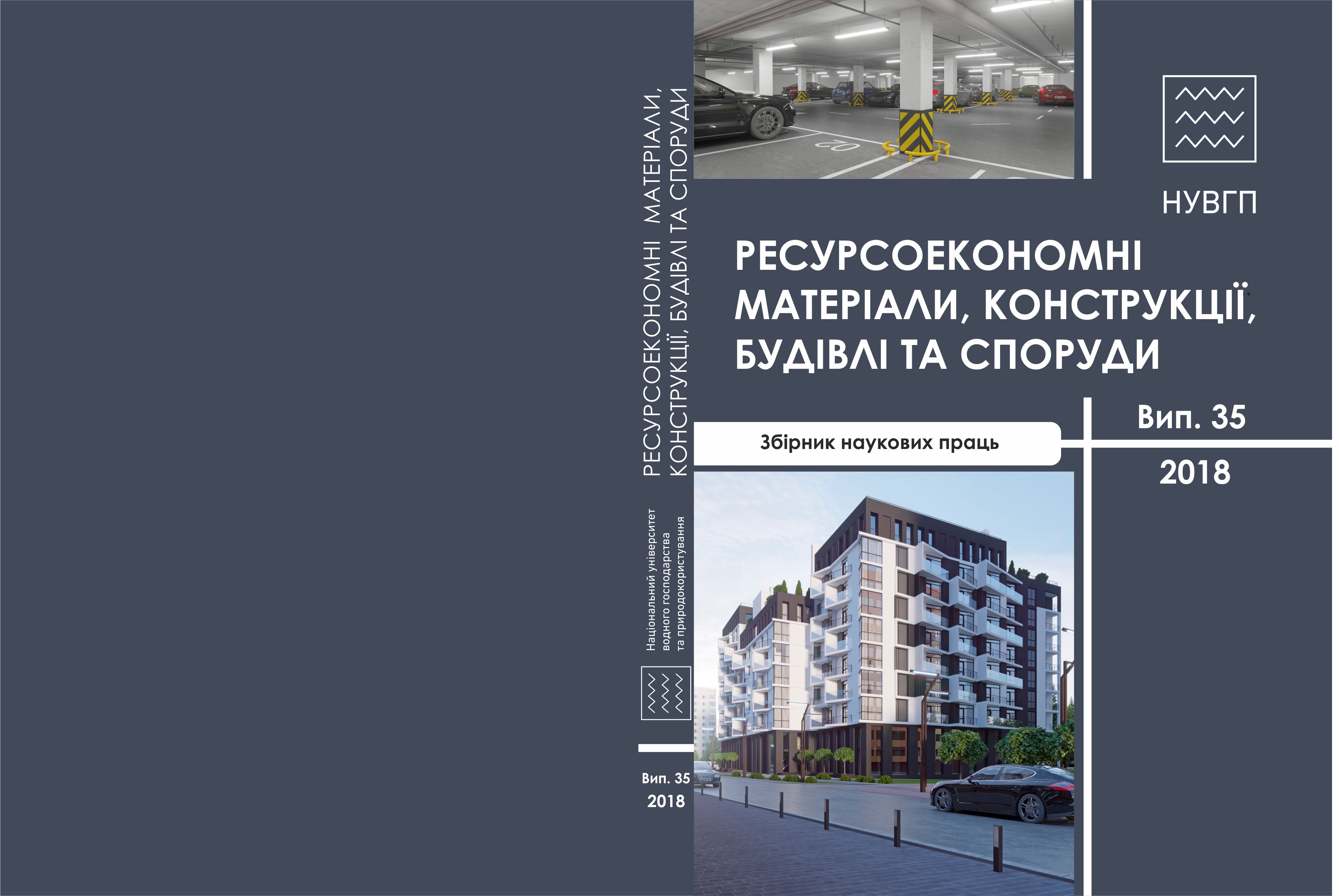BY DETERMINING THE STRENGTH OF THE SPATIAL SECTION OF PRESTRESSED CONCRETE RECTANGULAR PROFILE CELL DOUBLE REINFORCEMENT IN BENDING AND TORSION-BASED MODEL OF DEFORMATION
DOI:
https://doi.org/10.31713/budres.v0i35.233Abstract
The article deals with the analysis of scientific researches of reinforced concrete beams of various cross-sectional shapes in bending and biaxial bending with torsion. The location scheme of the concrete compressed zone not along the line that connects the ends of the failure diagonal crack on opposite sides, but at a certain angle along the element longitudinal axis, the value of which depends only on the T operating torque and Md beam moments ratio, has been specified. In order to determine it, an algebraic dependence is proposed, which corresponds to experimental cases of "pure" bending and "pure" torsion. The author suggests to take into account all four branches of the cross reinforcement, located either near the stretched sides and or on the compressed sides, instead of one, as it has been suggested in previous studies.
The purpose of this work is to develop an improved technique for determining the bearing capacity of spatial sections of T-shaped reinforced concrete elements with double profile reinforcement taking into account all four branches of the cross reinforcement when bending with a torsion according to the deformation scheme.
The article suggests to arrange closed clamps in order to create an internal torque which should take the tensile stresses from the torque caused by external loading in bending reinforced concrete elements.
The developed method for calculating the bearing capacity makes it possible to perform a precise calculation of the strength of the spatial sections of T-shaped reinforced concrete elements with double profile reinforcement taking into account doubly reinforcement concrete and all four branches of the cross reinforcement in bending with torsion on the basis of the deformation model.

